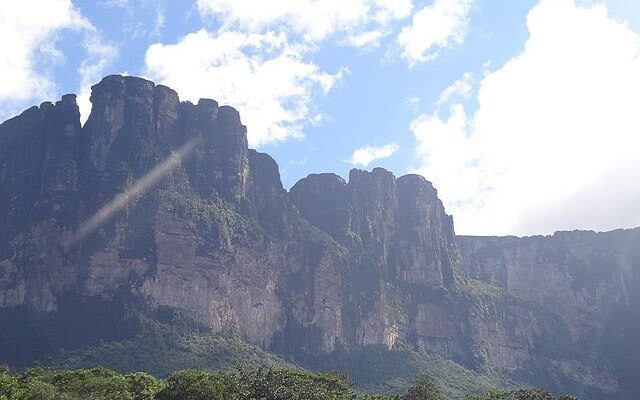
Researchers in South America may have stumbled upon a lost civilization that lived in the mountainous region of what is today southeastern Venezuela.
A 4000 year-old rock art in Venezuela may be from ‘previously unknown’ culture… An archeological team in Venezuela has discovered 20 rock art sites that date back thousands of years in Canaima National Park, in the southeastern part of the country.
While archaeologists have… pic.twitter.com/Cluu2nyRAy
— Archaeo – Histories (@archeohistories) July 3, 2024
Popular Mechanics reported that rock art from roughly 4,000 years ago was recently discovered and points to a previously unknown group who once lived in the area.
Strewn across isolated boulders within Canaima National Park (home to Angel Falls, the world’s tallest uninterrupted waterfall) the research team discovered 20 rock art sites that show how the area was possibly used by indigenous hunter-gatherers—either as a shelter or as a place for enacting ritual activities. Maybe both.
The team, led by Jose Miguel Pérez-Gómez, published their findings in Rock Art Research last year, and presented the findings at a conference in Italy this summer. They aimed to explore both the art and its connection to people groups across the region.
“Preliminary stylistic analysis suggests possible regional interrelationships of the pictograms with other rock art sites,” the study authors wrote. That connection could provide an entirely fresh perspective on people groups, including—according to Live Science—what Pérez-Gómez believes is the discovery of “a new culture previously unknown.”
The art itself— painted in a distinct red ochre, which may have “come from a mineral anomaly close to the site,” according to the study—features pictograms of geometric designs, nature, and people. The geometric patterns include everything from lines of dots to rows of Xs to star-shaped patterns. These mix with more basic depictions of stick-figure people and leaves.
The researchers are not entirely sure why the people made the art, telling Live Science that “it is almost impossible to get into the minds of people living so many [thousands of] years ago [but the artwork] definitely these signs had a ritual meaning.”
The different depictions could be related to birth, diseases, the renewal of nature or good hunting, for example. The places where the rock art was created “most probably had a meaning and an importance within the landscape, just as the churches have a meaning for people today,” Pérez-Gómez added.
Canaima National Park, located in southeastern Venezuela, is a UNESCO World Heritage site renowned for its breathtaking landscapes. Covering over 30,000 square kilometers, it features diverse ecosystems, including savannas, rainforests, and tepuis—ancient tabletop mountains.
The park is also home to Angel Falls, the world’s highest uninterrupted waterfall, which plunges from the summit of Auyán-tepui. Rich in biodiversity, Canaima supports unique flora and fauna, including endemic species. The park also holds cultural significance, being inhabited by the indigenous Pemon people.


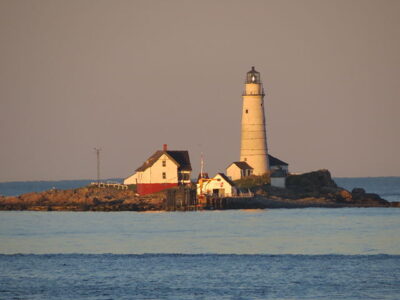
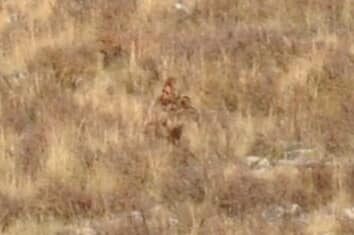
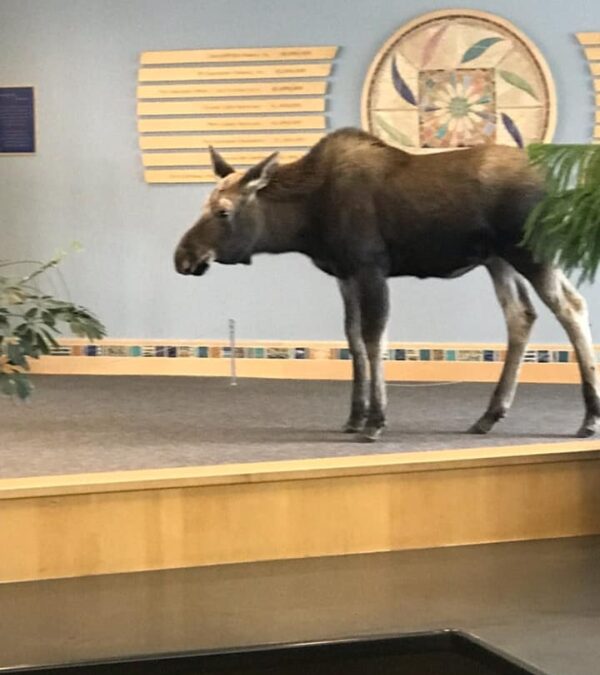




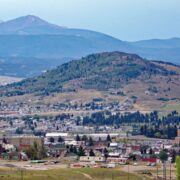
Open area for Tourism
Estd base camp for workers
& one for Eco tourism alone
$$$$$